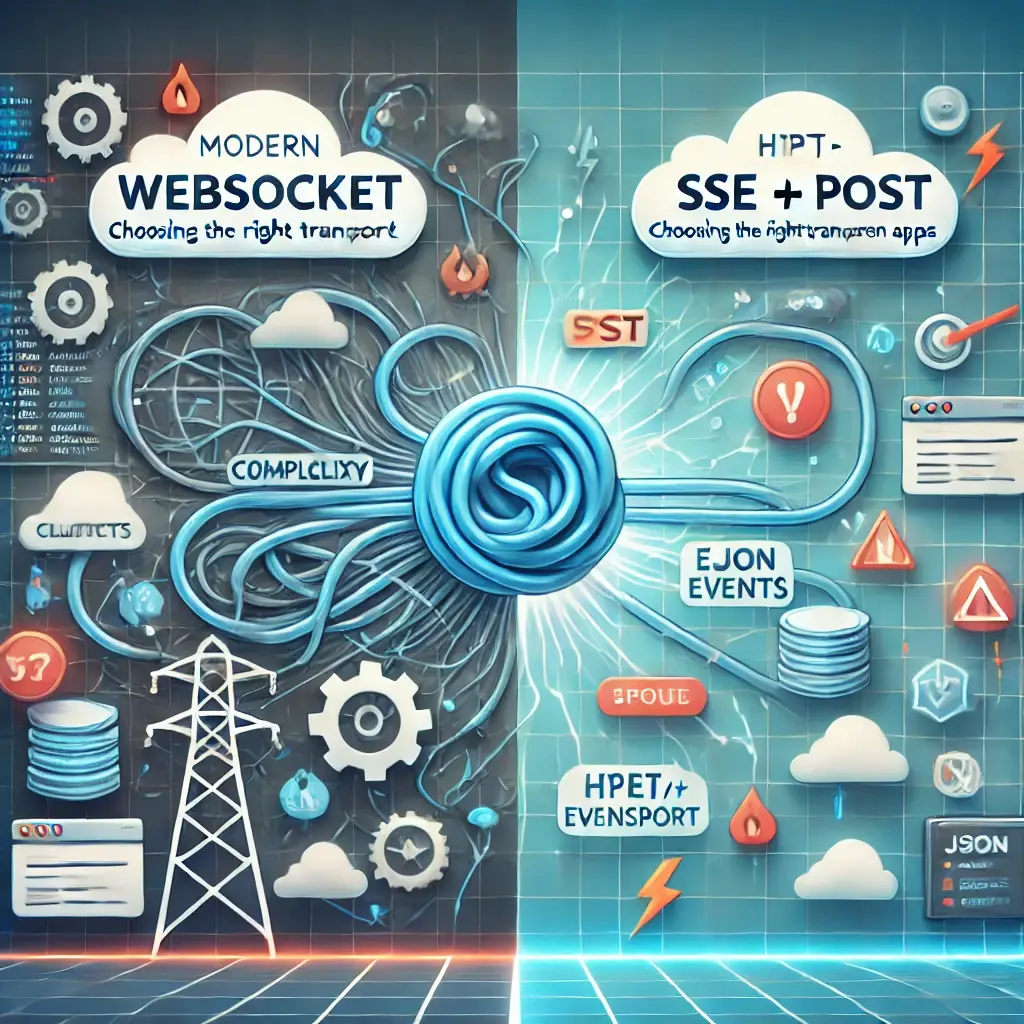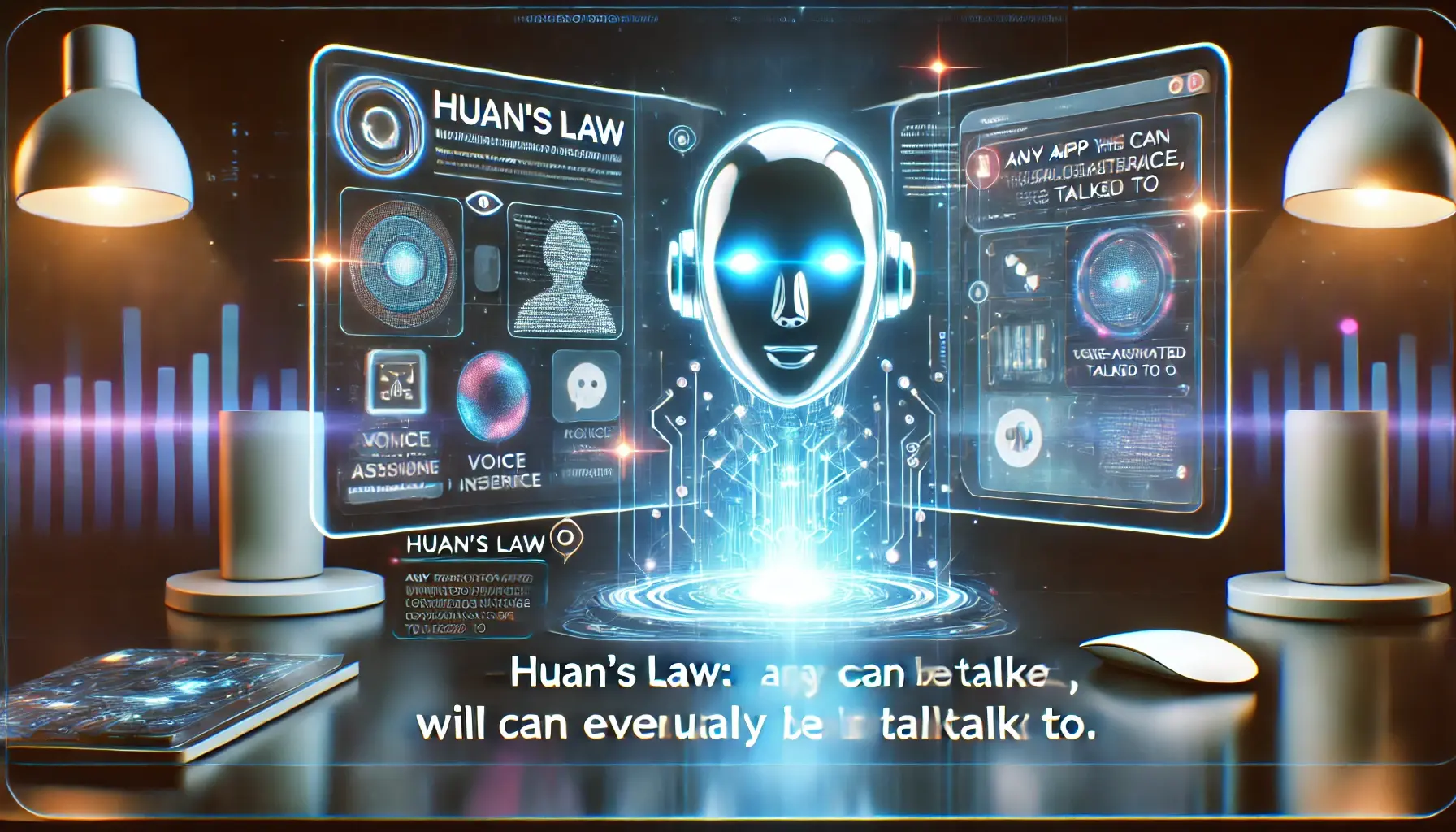As the creator of the Wechaty and Chatie projects, I’ve spent years building conversational and messaging tools for developers. Now, I’m investing in a new phase of cloud-native, event-driven infrastructure for Chatie, and I want to get the architecture right from day one.
For this next-generation system, I’m adopting:
- CQRS (Command Query Responsibility Segregation)
- Event Sourcing
- Event-Driven Programming
These patterns enable scalable, modular systems with clear separation of concerns. But to tie it all together, I need a reliable, flexible, and efficient messaging transport — something that works both internally between services, and externally with clients (browsers, CLI tools, etc).
So the big question became:
What transport should I use for streaming and event communication?
❓ The Problem: Choosing a Universal Messaging Protocol
My goal is to design a universal communication layer that:
- Works across cloud environments and local development.
- Supports event-driven messaging — sending and receiving updates in real-time.
-
Plays nicely with modern web clients, CLI, and microservices.
- Allows stateless request handling (ideal for serverless and horizontally scalable systems).
Naturally, WebSocket is a common choice for bi-directional, real-time communication. But is it the best choice for this use case? I decided to dive deeper and explore another approach: HTTP POST + Server-Sent Events (SSE) — especially after learning how the Model Context Protocol (MCP) team made a similar decision.
✅ The Solution: HTTP POST + SSE vs. WebSocket
After extensive research and experimentation, I’ve decided to go with HTTP POST + Server-Sent Events (SSE) as the primary messaging transport for Chatie.
Let’s break it down.
⚖️ Comparing WebSocket vs SSE + POST
| Feature | WebSocket | HTTP POST + SSE |
|---|---|---|
| Bi-directional | ✅ Full-duplex | 🔄 Half-duplex (Client sends via POST, Server streams via SSE) |
| Works with HTTP semantics (e.g., POST, headers) | ❌ No (only GET upgrade) | ✅ Yes |
Authentication (e.g., Authorization header) |
❌ Limited in browsers | ✅ Fully supported |
| Browser support | ✅ Native WebSocket API | ✅ Native EventSource API |
| Proxy/firewall friendliness | ⚠️ Sometimes blocked | ✅ Treated as normal HTTP |
| Ease of debugging | ⚠️ Requires special tools | ✅ Can use curl, browser, etc. |
| Stateless-friendly (serverless, scale-out) | ❌ Long-lived stateful connection | ✅ Stateless POST + stream |
| Resumability (auto-reconnect) | ❌ Manual reconnection logic needed | ✅ Built-in with EventSource |
| Complexity | ⚠️ Needs upgrade handshake, framing | ✅ Simple HTTP + text stream |
🔧 Architecture Diagrams
WebSocket Architecture
Client <======> WebSocket Server
[ Bi-directional | Long-lived connection ]
SSE + POST Architecture
Client --(POST)--> Server
Client <--(SSE)-- Server
[ Stateless requests + Server-push stream ]
💻 Code Examples
SSE + POST Example (Node.js / Express)
// Server (Express)
app.post('/run-tool', (req, res) => {
// Process the incoming command
const toolInput = req.body;
res.setHeader('Content-Type', 'text/event-stream');
res.setHeader('Cache-Control', 'no-cache');
res.setHeader('Connection', 'keep-alive');
// Simulate streaming output
const interval = setInterval(() => {
res.write(`data: Output at ${new Date().toISOString()}\n\n`);
}, 1000);
// Stop after 5 seconds
setTimeout(() => {
clearInterval(interval);
res.write('event: done\n');
res.write('data: Stream complete\n\n');
res.end();
}, 5000);
});
// Client (Browser)
const evtSource = new EventSource('/run-tool');
evtSource.onmessage = (event) => {
console.log('Message:', event.data);
};
evtSource.addEventListener('done', () => {
console.log('Stream completed');
evtSource.close();
});
📚 Resources & References
- MCP GitHub PR on SSE vs WebSocket: https://github.com/modelcontextprotocol/specification/pull/206
- Durable Objects & HTTP Streaming: https://blog.cloudflare.com/introducing-workers-durable-objects/#why-not-websockets
🧠 Conclusion
If you’re building a real-time, event-driven system, it’s easy to default to WebSockets. But before you do, consider whether you really need full-duplex communication.
For most CQRS, event-sourcing, and cloud-native use cases — where clients send a command and receive streamed events — a combination of HTTP POST + SSE gives you the best of both worlds:
- Clean request/response semantics
- Streaming real-time updates
- Low complexity and broad compatibility
This is why Chatie will be built on SSE + POST, and I believe it’s a powerful, underused pattern that deserves more attention in the developer community.
💬 I’d love to hear your thoughts! Have you used SSE or WebSockets in your projects? What challenges did you face? Let’s chat in the comments or on GitHub.

 AWS with Wechaty | AWS 生成式 AI 应用挑战赛重磅来袭!
AWS with Wechaty | AWS 生成式 AI 应用挑战赛重磅来袭!